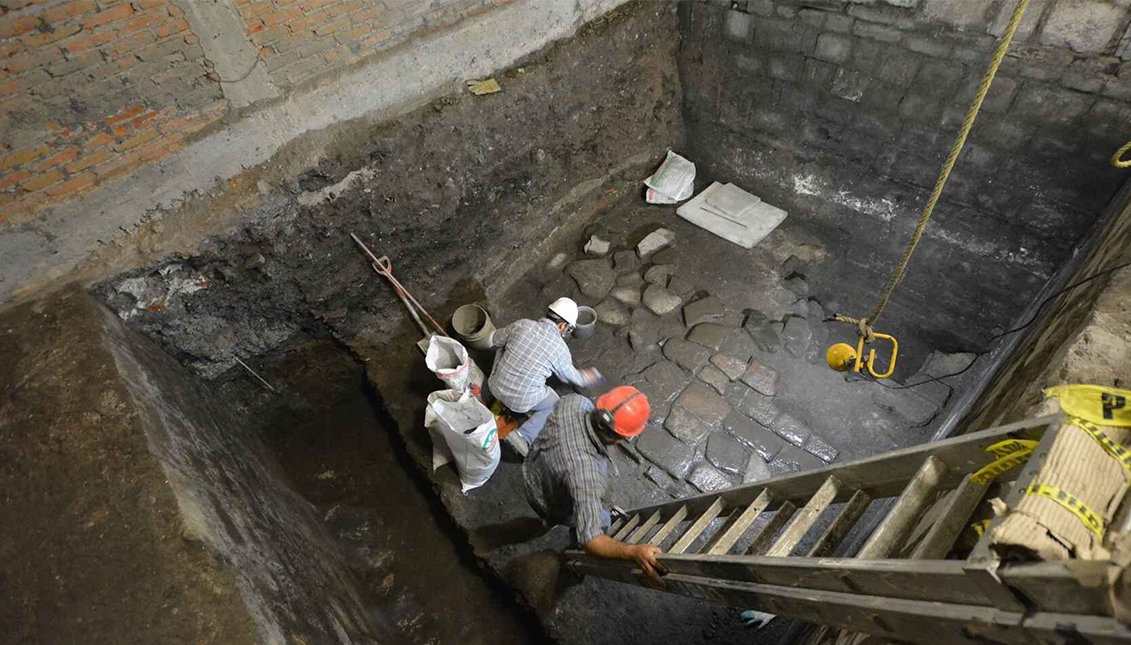
Home of 'shame': Hernán Cortés' house discovered in Mexico City
During some renovation work on a cathedral, the experts came across an important part of Mexico's past, and no, it was not only the 'chalet' of the conqueror.
The center of Mexico City will never be what it used to be, or at least certain places where the stones, which have a better memory than we do, tell various stories stratum by stratum.
Ask the Mexican experts of the Urban Archaeology Program, who discovered the remains of the house of Spanish conquistador Hernán Cortés, which was built over the pre-Hispanic palace of the Casas Viejas de Axayácatl, during the renovation of the Metropolitan Cathedral.
This was reported on Monday by Mexico's Ministry of Culture, which explained that the discovery was made specifically in the main courtyard of the Nacional Monte de Piedad, an emblematic building in the city that later became the headquarters of the first Cabildo of the New Spain and the Marquisate of the Valley of Oaxaca.
RELATED CONTENT
The discovery for archaeologists "is no mystery," since they knew that under the Nacional Monte de Piedad were the foundations of the Palace of Axayácatl that was once home of the retinue of Cortés on his arrival to Tenochtitlan, and where some of the "most decisive episodes of the conquest took place, such as the death of the tlatoani Moctezuma Xocoyotzin, possibly on June 29, 1520."
The excavations began in 2017, when the discovery was made and is still being investigated today. The experts had to excavate no less than 12 wells around the patio of the Nacional Monte de Piedad and there they found an open space of the Axayácatl Palace, which ran Tenochtitlan until 1481 and the house that Cortés later ordered to be built during the early viceregal period, covering the sixteenth and seventeenth centuries.
In this way, slab after slab, under the firm floor of the courtly house, archaeologists were able to detect another floor of pre-Hispanic basalt, showing that history is made of layers and that what lies buried sooner or later comes to light.











LEAVE A COMMENT:
Join the discussion! Leave a comment.